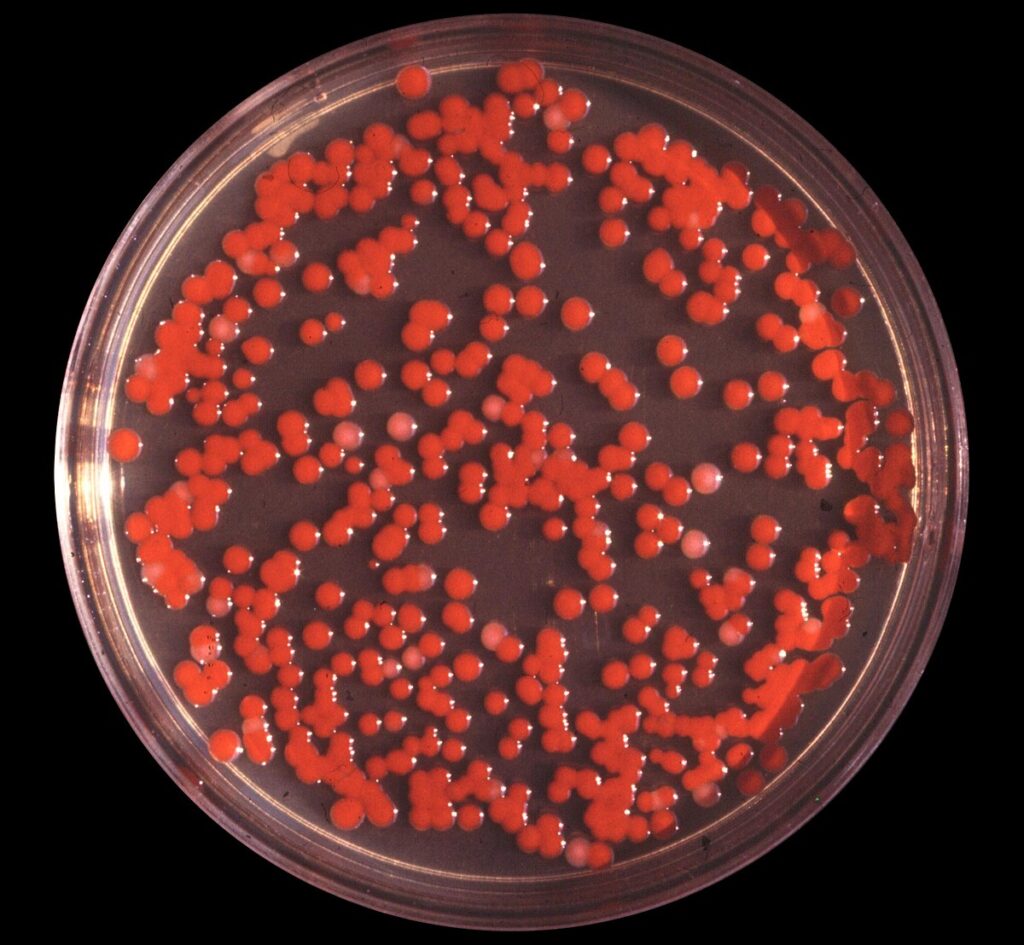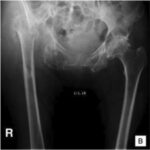Serratia meningitis is a rare but severe form of bacterial meningitis predominantly caused by Serratia marcescens, a gram-negative bacillus. This opportunistic pathogen is more frequently associated with nosocomial infections, particularly in immunocompromised individuals, neonates, and patients with indwelling medical devices. Meningitis caused by this organism often carries a poor prognosis due to diagnostic delays and multidrug resistance.

Pathophysiology and Risk Factors
How Serratia Causes CNS Infections
Serratia marcescens can invade the central nervous system (CNS) through hematogenous spread or by direct extension from adjacent infected sites. Once in the cerebrospinal fluid (CSF), the bacteria provoke a robust inflammatory response, leading to cerebral edema, elevated intracranial pressure, and neuronal injury.
Major Risk Factors
- Neonatal intensive care unit (NICU) admission
- Prolonged hospitalization or ICU stays
- Neurosurgical procedures or spinal instrumentation
- CSF shunts or catheters
- Immunosuppression
- Intravenous drug use
- Recent urinary tract or bloodstream infections with Serratia
Clinical Presentation of Serratia Meningitis
Common Symptoms
- High-grade fever
- Severe headache
- Neck stiffness
- Photophobia
- Vomiting
- Altered mental status
- Seizures (especially in neonates)
- Focal neurologic deficits
In neonates, symptoms may include irritability, bulging fontanelle, apnea, and feeding intolerance.
Diagnostic Approach
CSF Analysis
Definitive diagnosis relies on lumbar puncture and CSF analysis, revealing:
- Elevated opening pressure
- Neutrophilic pleocytosis
- Low glucose levels
- Elevated protein concentration
- Positive culture for Serratia marcescens
Additional Tests
- Blood cultures for concurrent bacteremia
- Neuroimaging (CT/MRI) to assess complications such as abscess or hydrocephalus
- Molecular diagnostics (PCR) to identify bacterial DNA in culture-negative cases
Antibiotic Therapy and Resistance
Initial Empiric Treatment
Empiric therapy should begin immediately due to the aggressive nature of the infection. Recommended antibiotics include:
- Cefepime or meropenem
- Amikacin or gentamicin (aminoglycosides for synergy)
- Fluoroquinolones in selected cases
Addressing Multidrug Resistance
Many Serratia strains produce AmpC beta-lactamases, conferring resistance to penicillins and first-generation cephalosporins. Therefore, susceptibility-guided therapy is essential. Carbapenems often remain the most effective agents against multidrug-resistant Serratia.
Treatment Duration and Monitoring
- Intravenous antibiotics for a minimum of 21 days
- CSF culture monitoring every 48–72 hours to ensure clearance
- Adjunct corticosteroids are generally not recommended due to lack of efficacy against gram-negative meningitis
Complications of Serratia Meningitis
If left untreated or treated inadequately, Serratia meningitis can result in:
- Hydrocephalus
- Cerebral abscesses
- Subdural empyema
- Seizures and epilepsy
- Cognitive or developmental delays (in pediatric patients)
- Septic shock and death
Infection Control and Prevention
Hospital Measures
- Rigorous hand hygiene
- Sterilization of medical equipment
- Surveillance of nosocomial infections
- Prompt removal of unnecessary catheters and shunts
Patient-Level Strategies
- Monitoring of high-risk patients (e.g., those with CSF shunts)
- Prophylactic antibiotic use during neurosurgical procedures when indicated
- Vigilant follow-up for patients with prior Serratia infections
Prognosis and Outcomes
Mortality from Serratia meningitis remains high, especially in neonates and immunocompromised patients. Early diagnosis, appropriate antibiotic therapy, and intensive supportive care significantly improve outcomes.
Long-Term Follow-Up
- Neurodevelopmental assessments in pediatric patients
- Cognitive therapy for patients with neurologic deficits
- Imaging follow-up if complications were present
Serratia meningitis is a rare but life-threatening CNS infection, often stemming from healthcare-associated exposures. Rapid diagnosis, tailored antimicrobial therapy, and diligent supportive care are critical to improving survival and reducing complications. Continued vigilance in hospital infection control is essential to preventing its spread in vulnerable patient populations.

